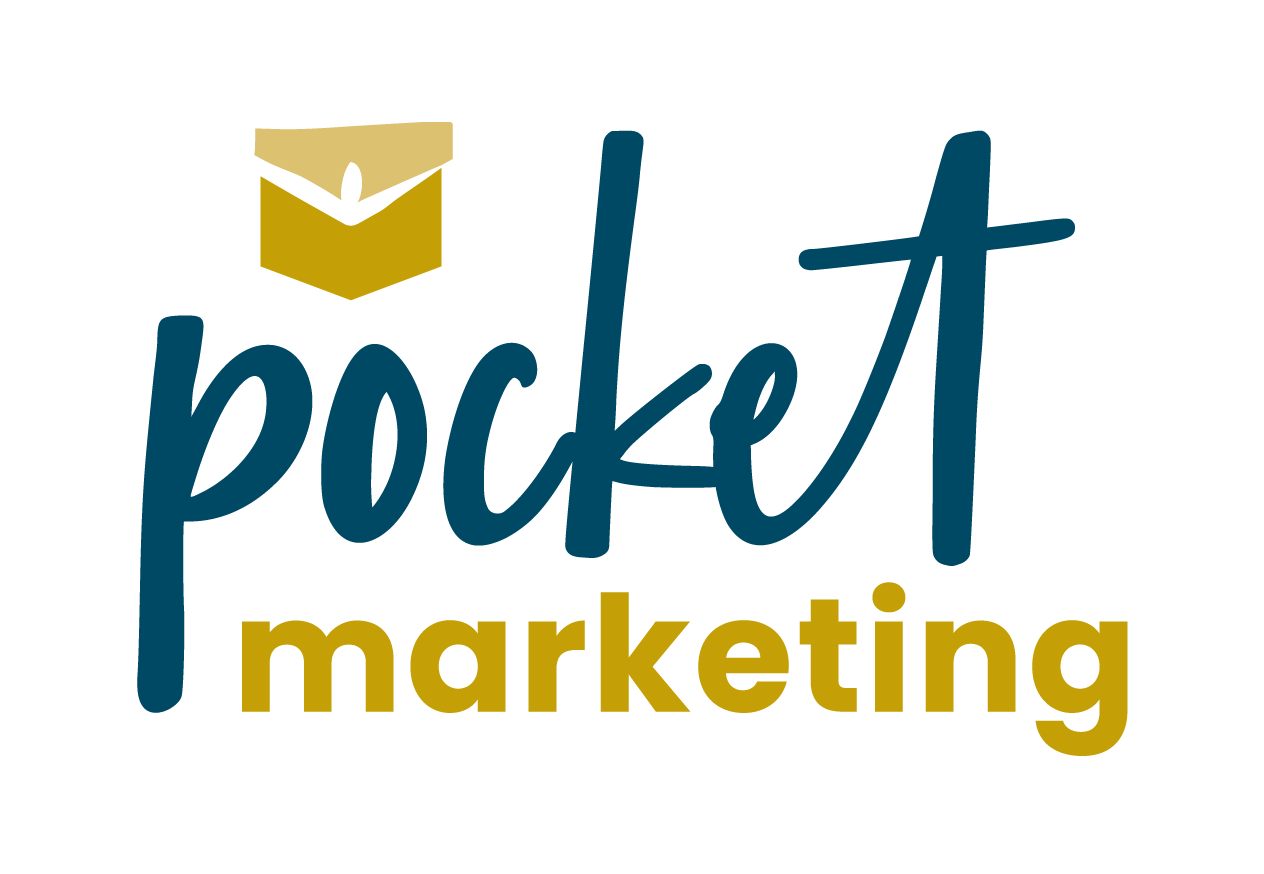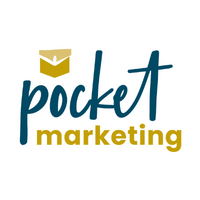5 steps to creating an effective content marketing strategy
How much focus do you place on content marketing?
Content marketing is one of those things that sounds great in theory, but when you actually try to implement it, it doesn't always turn out so well. It’s not as simple as just putting pen to paper.
Getting the most out of your content marketing requires planning, otherwise, you risk creating content that no one will view. But when content marketing is planned, created and executed well, you’ll reap the rewards from a growing, engaged and highly active audience.
Your content marketing strategy is marketing material that you share online to promote your business. This can take various forms, including videos, blogs, social media posts, articles, tip sheets, ebooks and ‘how to’ guides. Content marketing may not drive a direct sale, but has the important job of generating interest in your service or product.
Our five points below walk you through how to avoid mistakes and create a successful content marketing strategy for your small business.
1.Understanding the different stages of the buyer's journey
When it comes to a content marketing strategy, you need to consider the three main phases of the buyer's journey. Each phase has its own set of goals and objectives. You need to understand what each stage is trying to accomplish before you start creating content.
The buyer’s journey is often talked of as a “funnel”, that is, those potential buyers at the top of a funnel - Awareness stage, Middle of Funnel - Consideration stage, Bottom of Funnel - Decision stage.
Awareness
At this stage, customers know nothing about you. They are new to interacting with your brand. They don’t know your story, your journey, what you stand for or what your offer is. But they are aware they have a problem and are looking for a solution to this pain point. Your job at this stage of the buyer’s journey is simple. You’re informing, and building brand awareness so content needs to reflect that. Start by offering basic information about your product. For example, you could direct them to a blog, or video content explaining what your offer is and what it does. Guides and ebooks, researched information and collateral that educates and provides a clear description of your product or service are useful for customers.
Consideration
At the consideration stage, your customer now knows the problem they face and what they need as a solution. They’re doing as the stage suggests; considering their options and comparing between competitors. They’ll consider things like pricing, what each product or service offers - how well it solves their problem compared to others. You want to offer material that further explains your offer but in more detail. Consider more detailed blogs, a webinar that delves deeper into the specifics of your product, case studies, and sometimes a good FAQ sheet to help build further trust. Think about what questions you would want to get certainty over, for example, a returns policy you might have. Answer these in social posts, nurture email sequences and targeted ad campaigns.
Decision
This final decision stage of the buyer’s journey is your opportunity for one last push to get your customers purchasing from you over your competitors. Here, you’re offering an incentive to choose you; the value proposition you are offering. You can liken this to ‘try before you buy’. It gives your customers some certainty. Free trials, consultations, a percentage off your first purchase and money-back guarantees can be the deciding factor between you and a competitor. Make it clear in your content what a customer gets if they choose you. If you’re a service based provider, you might waive the set-up fees in the first month. Make it clear and concise.
2. Develop a Content Plan
Any good content marketing strategy must have a content plan. The development of a content plan outlines what content you’ll be creating, such as blogs, guides, social media posts, articles, - any of the content you will need along the buyer’s journey. You’ll want to outline who is responsible for creating the content, the channels you’ll be using that content on, and the completion date as a minimum. Each stage of the content creation process needs to be clearly identified.
Some common points you want your content plan to cover include:
1. The target audience you are developing content for
Consider the customers you want to buy your product. What message, tone and content do they relate to? Understand what works for your customers. Look at information gathered on Google Analytics. Remember as well that different content formats perform differently for your customers too.
2. The platforms you are using your content on
Where does your target audience spend their time? You need to understand your customers well so you’re targeting the right platforms. This will be easy information to find if you have a marketing strategy in place.
3. How your content will provide answers to questions customers have
Besides thinking about the problem you solve, think about things the customer wants to avoid. An example is completing a keyword search on a platform like ubersuggest to determine keywords and phrases being searched. Then produce content that provides answers to those questions.
4. What your brand does better than competitors
Outline your Unique Selling Points and talk about how your product or service solves a problem better than competitors. Highlight specific features and benefits you offer that competitors don’t.
5. The best way to get your message across
The different types of content formats you will use. This is often a mixture of video, images, text, guides and other collateral. Blogs for example may be well received via email but may not work as well on social media. Consider the content format and the best places to use it based on who you’re targeting.
3. Create a Content Calendar
A content calendar helps organise your content creation process by identifying when you should be creating new content. You can use Google Sheets as a simple spreadsheet template to keep track of your content schedule.
With a content calendar in place, you avoid missing steps in your content marketing strategy. It provides more certainty of what is happening and when. Your content calendar doesn’t need to be overly complicated either. Like anything when it comes to managing tasks, a calendar is a good way to keep track of what’s happening, when, where and who is responsible for it. It’s particularly important when operating in a team with multiple people involved in the content planning process.
Your content calendar ensures you’re producing content and publishing it at the right times along the buyer’s journey. Things to consider include the format being used, that there aren’t double-ups, title tags, and meta description align with keywords being targeted and the date to be published.
4. Know your audience
Before you write any content, you need to understand who will read it. This means knowing the target customers who visit your site, where they come from, and what they're looking for. Once you've got that data, you can begin to think about what kinds of content will appeal to them. Understanding information about your customers makes it easier to tailor a content marketing strategy accordingly.
This blog does a good job of outlining 5 techniques that will help ensure you know your target audience. Understanding your audience requires research into not only their demographics but interests, and personal, social and psychological factors. It can be helpful to develop customer personas, where you create a fictional would-be customer you can refer to. Importantly, you need to be clear on what the problem they face is and how you will solve it.
5. Determining the best marketing channels
There's no doubt that social media has become a powerful force in today's marketing
landscape. However, there are still plenty of other options available to small businesses to use within their content marketing strategy. Much of this depends on what works best for your target audience.
You should be able to determine what works best based on website analytics or look to Google Analytics. If you know who your customers are, then you'll be able to figure out which types of content work best for them. For example, if you sell dog grooming products, you might want to focus on blog posts about dog grooming. On the other hand, if you sell organic baby food, you might want to write articles about nutrition.
Depending on who you are targeting you can consider the following marketing channels to work on:
Organic social media - Facebook, Instagram, LinkedIn, TikTok, Pinterest
Website
Paid social media ads
Blogs
Email marketing
Organic Google Search
Paid Ads - Google ads
Search Engine Optimisation
Collaborations & Events
If you’ve identified your target audience well, you’ll understand which channels work best, which format type they engage with and along which part of the buyer’s journey. For example, at the beginning of the buyer’s journey, customers may do a Google search, or look at your website for validation, but in the final decision stage, you may be able to target them with paid ads.
Need more help?
If you’re unsure where to start or your current online marketing solutions aren’t achieving the desired results, reach out! We’re keen to ensure business owners are getting the right solutions for their business. Avoid throwing your marketing out into the universe and hoping something will stick. Let’s have a conversation to help move your marketing.


